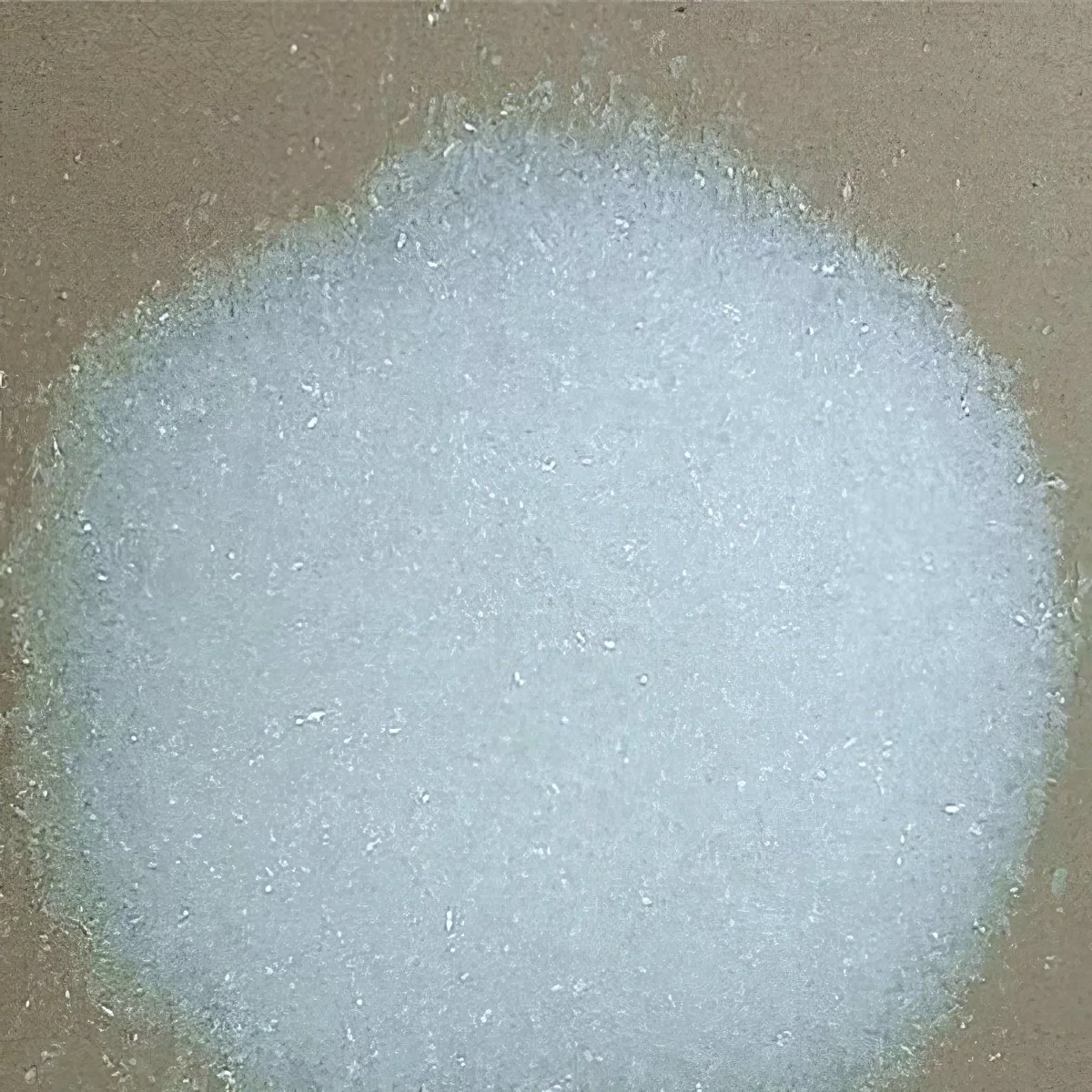



strontium chloride ph
Understanding Strontium Chloride and Its pH Characteristics
Strontium chloride (SrCl₂) is an inorganic compound consisting of strontium and chlorine. It appears as a white crystalline solid and is highly soluble in water. In various fields, including chemistry, medicine, and material science, strontium chloride plays a significant role due to its unique properties. One aspect that is essential to grasp when working with strontium chloride is its pH characteristics.
Chemical Nature of Strontium Chloride
Strontium is an alkaline earth metal located in group 2 of the periodic table and is crystallized as a bivalent cation (Sr²⁺). Chloride, on the other hand, is derived from chlorine and typically exists in its anionic form (Cl⁻). When these two components combine, they form strontium chloride, which is widely utilized in a variety of applications, including fireworks, pyrotechnics, and as a precursor in the manufacturing of strontium compounds.
The pH level of a solution containing strontium chloride can significantly influence its behavior and reactivity. The term pH refers to the concentration of hydrogen ions in a solution and is a measure of its acidity or alkalinity. A pH value less than 7 indicates an acidic solution, a value of 7 indicates neutrality, and a value greater than 7 indicates alkalinity.
pH of Strontium Chloride Solutions
Dissolved in water, strontium chloride dissociates completely into strontium ions (Sr²⁺) and chloride ions (Cl⁻). The resulting solution is generally considered neutral, with a pH around 7. However, the pH can slightly vary depending on several factors, including the concentration of the solution and the presence of other dissolved substances.
Given that strontium ions do not significantly affect the acidity of the solution—unlike some metal cations that can interact more strongly with water and generate hydrogen ions—strontium chloride solutions maintain a relatively stable pH. The chloride ion, which originates from a strong acid (HCl), does not contribute to any increase in acidity, meaning that the solution remains neutral.
strontium chloride ph

Factors Influencing the pH
While strontium chloride itself produces a neutral solution, the surrounding environment can influence its pH. For instance, if the strontium chloride solution comes into contact with carbon dioxide (CO₂) from the air, carbonic acid can form, which may slightly lower the pH, making it slightly more acidic over time. Additionally, the introduction of other ionic compounds, such as strong acids or bases, can shift the pH significantly.
Factors such as temperature and concentration also play crucial roles in determining the pH of strontium chloride solutions. Higher concentrations of the salt can lead to a more ionic environment, potentially affecting the activity coefficients of the ions in solution, though the overall impact on pH is minimal under typical conditions.
Practical Applications and Considerations
In practical applications, understanding the pH of strontium chloride is essential. For example, in bio-medical fields, strontium compounds are studied for their potential benefits in bone health and treatment of osteoporosis. The pH of biological fluids in which strontium chloride might be introduced must be considered to ensure compatibility and safety.
In industrial settings, where strontium chloride is used to create specific compounds or fertilizers, it is important to monitor the pH levels of solutions to achieve optimal results. This is especially true in chemical manufacturing, where pH can influence reaction outcomes, yields, and safety protocols.
Conclusion
In summary, strontium chloride is an important inorganic compound that exhibits neutral pH characteristics when dissolved in water. Understanding its pH behavior is crucial for various applications, from biochemical research to industrial processes. While the solution remains largely neutral under normal conditions, external factors may influence pH, necessitating careful monitoring and management. As research continues into its various uses, recognizing the properties of strontium chloride and its implications will remain vital for scientists and industry professionals alike.
-
Why Sodium Persulfate Is Everywhere NowNewsJul.07,2025
-
Why Polyacrylamide Is in High DemandNewsJul.07,2025
-
Understanding Paint Chemicals and Their ApplicationsNewsJul.07,2025
-
Smart Use Of Mining ChemicalsNewsJul.07,2025
-
Practical Uses of Potassium MonopersulfateNewsJul.07,2025
-
Agrochemicals In Real FarmingNewsJul.07,2025
-
Sodium Chlorite Hot UsesNewsJul.01,2025










